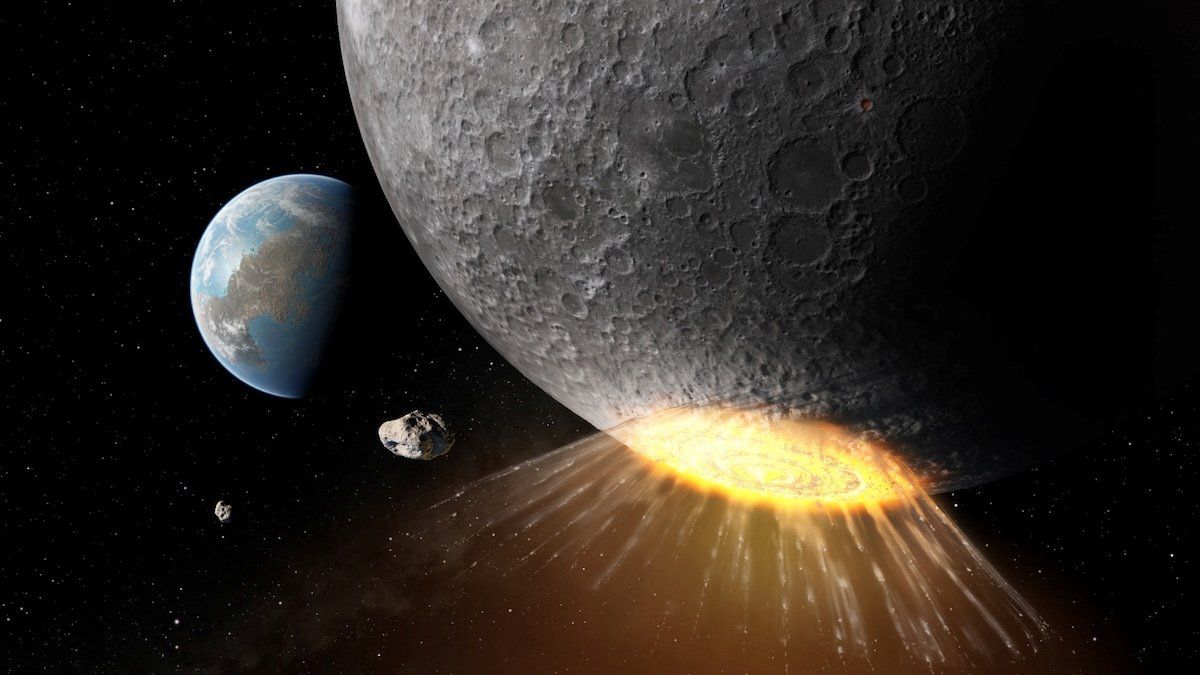Scientists recently discovered the giant space rock, called asteroid 2024 YR4, is set to reach our planet on Dec. 22, 2032. The asteroid, between 130 and 300 feet wide, is big enough to devastate a city or trigger a tsunami, to say nothing of what the impact or aftershocks could do if the extraterrestrial threat struck a nuclear plant or oil refinery.
The good news: NASA predicts the chances of impact are only about 2.3%, meaning a Christmas gift may come early if the odds remain at about 98% that YR4 zooms right past us. Given that the US National Transportation Safety Board once estimated that roughly 96% of passengers survived plane accidents (mishaps, not crashes), and air safety has largely improved since that 2001 study, those odds are pretty good. Statistics on the deadliness of asteroids are quite misleading.
But here’s another spin on it: As economist Tyler Cowen put it, the chance of drawing three of a kind in a standard five-card poker game is about 2.9% – so it’s hardly an unprecedented event.
Whatever the risk, the Chinese government isn’t taking any chances. China's State Administration of Science, Technology, and Industry for National Defense just posted a recruitment notice listing three available roles for a "planetary defense post.”
As fans of Chinese sci-fi writer Cixin Liu’s “Three Body Problem” may note, better an asteroid than a slow-moving armada of genocidal aliens.